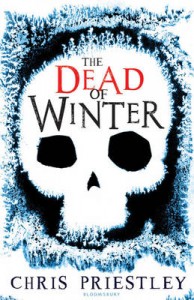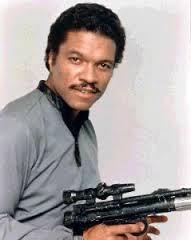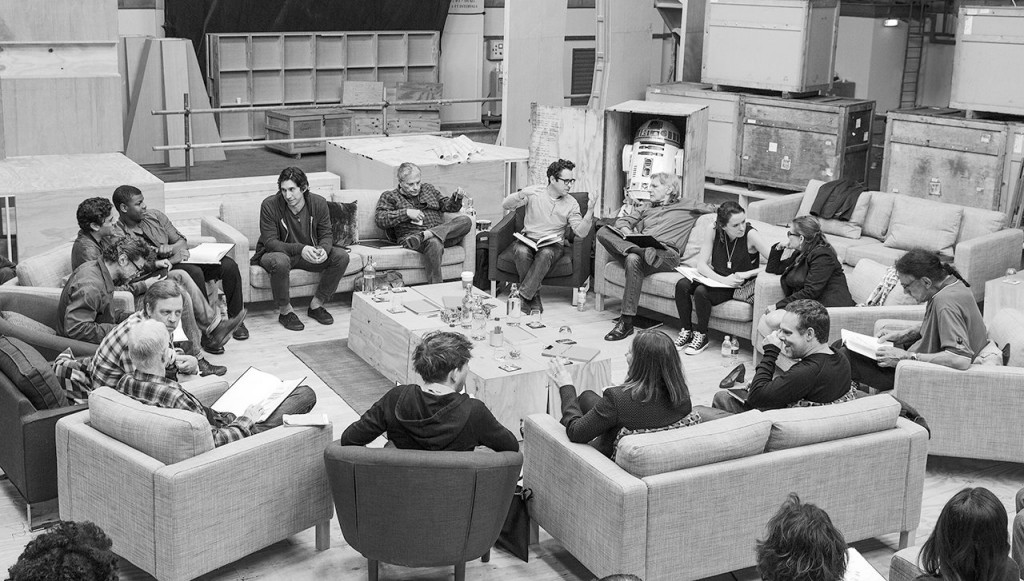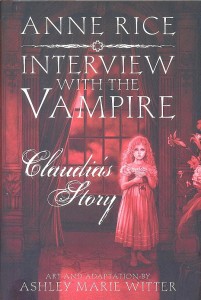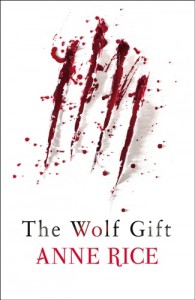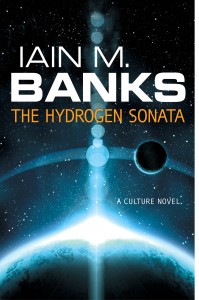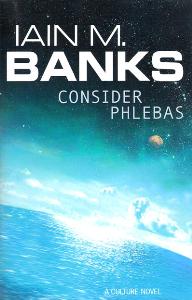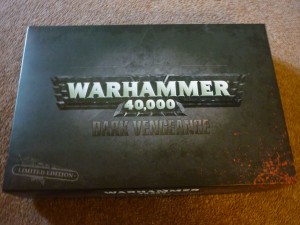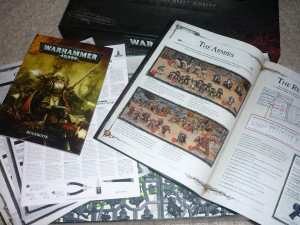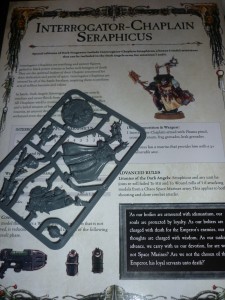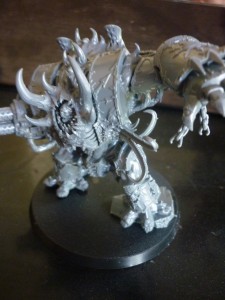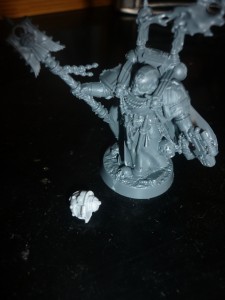
Gav Thorpe
In what can only be described as a coup, I am proud and chuffed to bits to present a most entertaining interview with one of my favourite writers of recent years, a certain Mr Gav Thorpe. A gentleman of legend, a veteran writer and games designer, having learned his trade at Games Workshop HQ. He most recently penned the excellent Ravenwing for the Black Library, it being the first in The Legacy of Caliban trilogy. You may know his name from Angels of Darkness, his seminal 2003 Dark Angels Space Marines novel, or perhaps his excellent Horus Heresy novel, Deliverance Lost. Or you will have read his Time of Legends trilogy, The Sundering. You may even be familiar with his own series, The Empire of the Blood (omnibus edition out this month, published by Angry Robot). If you are a fan of his work, you will enjoy this interview. Even if you haven’t read any of his books, please enjoy this great interview with an author in his prime.
Andrew Jamieson, Editor-in-Chief, Geekzine UK
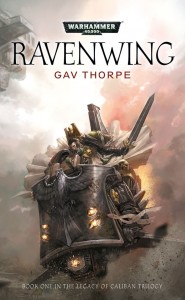
In Ravenwing, Gav returns to the world of Piscina, previously featured in Angels of Darkness and The Purging of Kadillus
Andrew Jamieson: Ravenwing picks up plot strands from Angels of Darkness. Was it always a plan to revisit the planet of Piscina and, ultimately, the aftershock of your 2003 Dark Angels novel, Angels of Darkness?
Gav Thorpe: Angels of Darkness was originally written as a one-off. I certainly would have come up with a different ending if I had wanted it to be part of an ongoing series! I wrote it in a slightly contrary mood, to be honest, and at the time wanted to do something different to Dan’s Gaunts series and Graham’s burgeoning Ultramarines books. So a single self-contained narrative was the goal.
Then I was asked to write for the Space Marine Battles range and it seemed mad not to go back to Piscina, as I had worked on the background of the original Storm of Vengeance campaign pack while at Games Workshop (this would become ‘The Purging of Kadillus’ featuring Dark Angels legend, Belial – editor). When it was suggested a couple of years ago that a new Dark Angels series could be released to tie-in with the updated Codex and the new Warhammer 40,000 boxed set it seemed natural to write a successor story to AoD without it being an out-and-out sequel in the traditional sense.
AJ: How is Masters of Sanctity, the second in The Legacy of Caliban trilogy, coming along and what can you reveal about its plot?
GT: Delivered to the editors so I’m waiting for their comments and rewrites at the moment. It was a bit of a pig in places, with various strands from Ravenwing continuing whilst new narrative threads were being revealed, but I enjoyed it in the end. The book takes a good look at the Deathwing (and would have been called that if not for the short story/ anthology of the same name thanks to Bill King). In Ravenwing one of the point of view characters is Sammael, and in Master of Sanctity I wanted it to be one of the high-ranking Chaplains of the Dark Angels. Talking to fans at events, there seemed to be a pretty even split between those that wanted to see Sapphon and those who wanted more Asmodai fun. I compromised and ended up using both of them, hence the difficulty in fitting in all of the story strands.
In a nutshell, MoS sees the Ravenwing and Deathwing closing in on the Fallen conspiracy that befell Piscina. It’s a question of how far will they go the capture their prey? One of the main cast from Angels of Darkness returns and head-bending ensues.
AJ: Ten years on, Angels of Darkness is still one of the finest Space Marine novels ever written. What are your memories of its inception and creation?
GT: Thanks! I wrote it as a challenge to myself, to create a story about space marines that I felt was true to their character and background but contained enough compelling non-violent conflict to make a good narrative. The idea that there would be two intertwining stories was in my head early on, even though I didn’t know what that story might be – I was inspired by the structure of Memento to explore the timeline in both directions simultaneously, delving into the past even as the consequences of those acts echo into the future.
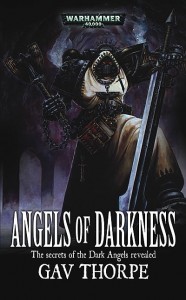
Gav’s seminal 2003 Dark Angels Space Marines novel, Angels of Darkness
As with all of my earlier works, it was written whilst I was still full-time at GW, which meant evenings and weekends for the most part. It doesn’t stand out as particularly difficult in my memory, everything was mostly fully formed by the time it came to applying fingers to keyboard. More recent books have given me much bigger headaches even though I have had all day to work on them… the biggest issue was a computer crash just before deadline, in which I lost almost 40,000 words. Aiyiyi! Luckily most of them were still in my head in reasonable order, but I (re)wrote the second half of the book over two weekends and a week of late nights!
I also remember definitely wanting to mess with the heads of Dark Angels fans. Ever since the Angels of Death codex release there had been the notion that somehow the ‘dark secret’ of the Chapter was done and dusted, discussion over. I wanted to turn things on their head, prodding that sense of security with a sharp pointy thing. Even though recent Horus Heresy books have shown the lie of some of the assertions in AoD, the loyalties and goals of the Dark Angels are still far from black-and-white.
AJ: The Empire of the Blood Omnibus is out this month. What pleases you most about this trilogy?
GT: I’m genuinely happy that it was well received and has gathered some really good reviews along the way. Until The Crown of the Blood I had only written tie-in fiction for the Black Library and while I do not see that as anything other than awesome, I was conscious that with the release of TCOTB there would be some hoping I’d fall flat on my face and prove the old saw ‘Tie-in writers only write tie-in fiction because they can’t write their own books’. I couldn’t let down my fellow tie-in authors and more importantly Angry Robot were just starting out but already making waves and getting good press, and it was up to me to keep the good vibes coming. There was some pressure coming out of the comfort zone with Black Library, but since I’d recently left GW and gone freelance full-time the 50/50 terror/excitement ratio seemed natural at the time.
I trusted Marco and the team at Angry Robot not to let something sub-par onto the shelves, so I was confident on an intellectual level, but always there is that gremlin on your shoulder, the doubt fairy smacking you over the head with her wand.
When the first couple of reviews were put up I breathed a big old sigh of relief. I knew I’d written a decent book, the editors knew I’d written a decent book, and thankfully there were others who agreed with us. The fact that people have handed over their hard-earned for a book with my name on the front, and not just because it says Warhammer or Warhammer 40,000, and did so for the next two books, is another adrenaline shot of legitimacy that keeps me tapping away when the words are not flowing well or somebody has slapped up a one-star review for something on Goodreads or Amazon.
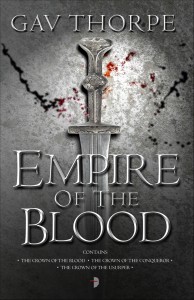
Empire of the Blood omnibus edition, available NOW for £9.99 approx.
AJ: You are a very versatile writer, switching between the different worlds and the many races of Warhammer, Warhammer 40K, Horus Heresy, plus the world of the Crown trilogy. Is that constant manoeuvring something you thrive on? What is the most challenging aspect of such versatility?
GT: I get bored really easily, though I have a finely tuned challenge threshold as well. Too easy and I can barely muster the energy to start; too hard and I get frustrated. I love keeping things fresh, whether that’s setting, format, or even style. One of the biggest drawbacks is commercial, going back to the issue with Angels of Darkness, for instance. Writing a trilogy is about the furthest extent I have been able to maintain my interest up until now. For this reason, I cut my cloth to that length, rather than weaving even grander epics that could go on to six books, ten, more…
The Sundering, in hindsight, could have been something completely different, for example. If I had known I had the creative stamina it could easily have been nine books rather than three, bringing out some of the lesser characters that had to take backstage because of the structure I had set from the start.
On the other hand, having come to this conclusion, that now becomes the challenge I need to overcome. The Crown of the Blood was a self-contained narrative in the same vein, but the non-Black Library work I hope to be starting soon will focus more on a world that, hopefully, I can create and subsequently explore again and again to my heart’s content. Watch this space (in a couple of years’ time, maybe)!
AJ: The Horus Heresy has become a huge success for the Black Library over the last few years. After the impact of Deliverance Lost, will you be revisiting the story of the Raven Guard Legion? And do you have plans for a Dark Angels HH title?
GT: Yes, and yes. I sorta blabbed a bit too much at the Horus Heresy Weekender event, so I have to watch what I promise. However… >checks no editors are looking< there will be future installments of the Raven Guard coming – I’m writing one at the moment – and I will, if things go to plan – be penning a Dark Angels HH novel sometime next year. And judging by people’s reactions in the meetings we have, that should be very exciting.
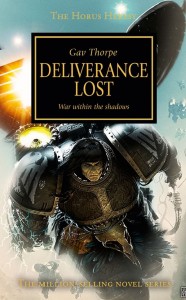
Gav’s debut novel in the Horus Heresy series, Deliverance Lost
AJ: Aside from your work for the Black Library, what other projects are you involved with?
GT: I’ve done a bit of games design – Cutlass! for Black Scorpion miniatures as well as a few personal projects that might see the light of day in the future. I’ve been helping a friend out with a skirmish ruleset too, called Open Combat. That should be public in the next fews weeks, barring any mishaps.
I have also recently been helping with the world design on a forthcoming AAA video game, but NDAs and an enormous legal department prevent me from saying any more at the moment. Except, of course, that the game is going to be awesome, with a capital AWE. No, really, even if I wasn’t creatively involved with the project I know for sure that I’d be playing the hell out of this game when it is released.
I’ve also been working on some fiction for various indie and small press publishers. The only one that seems a certainty to reach readers any time soon is a short story for the Raus! Untoten! project coming from Fringeworks. I love short fiction – the premise of in-and-out quickly – so I’ll be looking to write more in the future. Financially it’ll never pay the mortgage but it’s creatively very rewarding to explore lots of different ideas.
And as I just mentioned, I’m giving myself a break of a couple of months away from commissioned Black Library work to do some stuff that’s more speculative – in the sense that I don’t currently have an agent or editor lined up to pay me wads of cash on delivery yet… Interested parties welcome, all offeres entertained. It’ll be a swords-and-sorcery setting (I’m jokingly referring to it as ‘spellpunk’), I’ve got the plot for the first book in my head and some interesting characters, so we’ll see how it goes. It’s a bit different from Warhammer, and certainly different in tone from The Crown of the Blood, but I’m very excited by the ideas that are coming along with it. It’ll also be pretty short, for a novel, not another 150k epic, which will hopefully mean that I can write plenty more stories in the future without draining myself too much.
AJ: Out of the many books, short stories and varying projects you’ve written, of which are you the most proud of and why?
GT: I can’t choose favourites, it’s a biological impossibility. Really, whether it’s my work, favourite films, bands, etc, it always depends on mood and what criteria I want to apply at any given moment. I think Shadow King is still one of the best, most complete novels I’ve written so far, but I’m really proud of The Crown of the Blood because I dragged it into existence from nothing. From another point of view, there are several collaborative projects at GW I really like, especially the original Codex: Sisters of Battle and the Inquisitor rulebook. One of my earliest short stories – The Faithful Servant – about a warrior priest being tempted by a Champion of Chaos is still one of my favourites. I enjoyed getting into the psychology of the interrogation scenes in Angels of Darkness, so much so that they return, in spirit, in Master of Sanctity.
AJ: What was the last good book that you read? Do you have a favourite book?
GT: The latest good book I’ve finished is Baneblade by Guy Haley. Looking forward re-reading his latest offerings too. Currently enjoying Terminal World by Alistair Reynolds. Don’t have favourites, but a very long list of multiple-reads like Excession and The Lord of the Rings.
AJ: What advice do you have for any aspiring writers?
GT: Finish something. Writers write, authors finish. A 1,000 word short or a 100,000 word novel, get a first draft finished, and then do a rewrite. And another one. And then get feedback and write it again. Short stories are hard but you can turn them around pretty quickly and few folks finish a marathon before they do a 5k run.
Also, work out the ending first and then plan the story to lead you there in the most exciting fashion possible. Synopses and plans are boring but for some of us usually essential.
But whatever and however, just finish something.
Thank you to Gav for taking time out of his busy schedule to answer the Geekzine’s questions. AJ
Ravenwing is out now in paperback at £8.99, published by the Black Library. Geekzine UK review to come soon…
Andrew Jamieson is the author of The Vengeance Path, a Steampunk Fantasy and the first in the ongoing series The Chronicles of Edenos, set on an alien planet far into the future. Available as an eBook from Amazon, or from the publisher’s website.
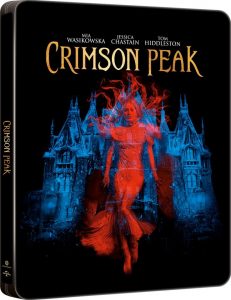 “I never used to like horror movies and I still find some types of horror difficult to watch. Ghost stories and silly slashers I enjoy but tales that feature possession or anything remotely demonic I generally avoid. There are some truly great examples where horror books or films can work on a number of levels, beyond their scares and shocks. Take Guillermo del Toro’s superlative film, Crimson Peak, from 2015, for example. I consider it a horror film, but all the conflict in the film is driven by the monstrous human characters and not the ghosts, a theme he first explored in his third film, The Devil’s Backbone (2001). In Crimson Peak the very house that dominates the film is decaying, as if consumed by the sickness of the family that inhabits its domain. (I’ll be waxing lyrical about this fantastic film in a separate feature, coming soon). The same can be said about del Toro’s Pan’s Labyrinth (2006), arguably his most accomplished film, weaving the fantastical trials of heroine Ofelia and the horrifying monsters she confronts, with the all too real horrors of the Spanish Civil War.
“I never used to like horror movies and I still find some types of horror difficult to watch. Ghost stories and silly slashers I enjoy but tales that feature possession or anything remotely demonic I generally avoid. There are some truly great examples where horror books or films can work on a number of levels, beyond their scares and shocks. Take Guillermo del Toro’s superlative film, Crimson Peak, from 2015, for example. I consider it a horror film, but all the conflict in the film is driven by the monstrous human characters and not the ghosts, a theme he first explored in his third film, The Devil’s Backbone (2001). In Crimson Peak the very house that dominates the film is decaying, as if consumed by the sickness of the family that inhabits its domain. (I’ll be waxing lyrical about this fantastic film in a separate feature, coming soon). The same can be said about del Toro’s Pan’s Labyrinth (2006), arguably his most accomplished film, weaving the fantastical trials of heroine Ofelia and the horrifying monsters she confronts, with the all too real horrors of the Spanish Civil War.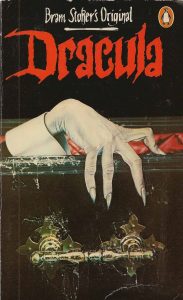 rather dry travelogue that opens this fantastic masterpiece of horror, Dracula is still an essential read which I return to at least once every couple of years. Best served up on a dark and stormy winter night with a side-order of candlelight and a hot toddy!
rather dry travelogue that opens this fantastic masterpiece of horror, Dracula is still an essential read which I return to at least once every couple of years. Best served up on a dark and stormy winter night with a side-order of candlelight and a hot toddy!
